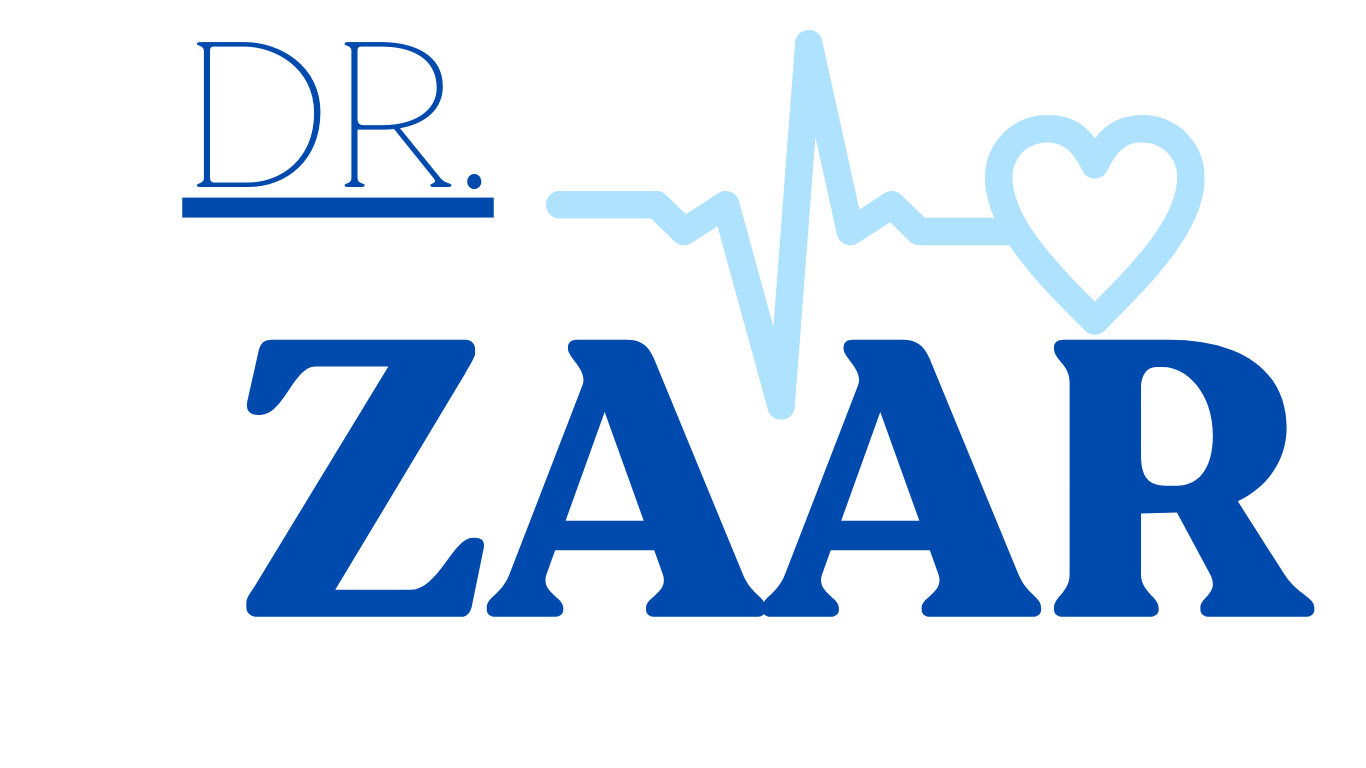Dihydrotestosterone (DHT)
The Powerful Androgen Hormone
Understanding Dihydrotestosterone and Its Functions
Dihydrotestosterone (DHT) is a potent androgen hormone that is derived from testosterone. It is synthesized in various tissues, including the prostate, skin, and hair follicles, through the action of the enzyme 5-alpha reductase. DHT is critical for the development of male characteristics during puberty and plays a vital role in the maintenance of male health throughout life. Though it is primarily associated with men, DHT is also present in women but at much lower levels.
Key Functions of Dihydrotestosterone
DHT is responsible for the development of male secondary sexual characteristics, such as facial hair, deep voice, and an increase in muscle mass. It also plays a key role in the health of the prostate and hair follicles. In addition, DHT helps regulate sexual drive and libido. While DHT’s influence is crucial during puberty, excessive levels later in life can lead to conditions such as benign prostatic hyperplasia (BPH) and male pattern baldness.
The Role of Dihydrotestosterone in Health and Disease
DHT plays an essential role in male development and reproductive health. However, excessive or insufficient DHT production can contribute to several health issues. High levels of DHT are commonly linked to conditions like male pattern baldness, where DHT causes hair follicles to shrink and stop producing hair. DHT is also involved in the development of benign prostatic hyperplasia (BPH) and prostate cancer. On the other hand, low DHT levels can lead to underdeveloped sexual characteristics and low libido. Disorders Linked to DHT Imbalance Excessive DHT levels are often implicated in male pattern baldness, BPH, and acne. On the other hand, low levels of DHT can result in delayed puberty, reduced libido, and underdevelopment of male sexual traits. Medications that block DHT production, such as finasteride, are commonly used to treat conditions like hair loss and prostate enlargement.
Contact Us
+92-321-9700-700
FAQs About Dihydrotestosterone
1. What is dihydrotestosterone (DHT)?
Dihydrotestosterone (DHT) is a potent androgen hormone that is derived from testosterone. It plays a crucial role in the development of male characteristics and reproductive health.
2. How is DHT produced in the body?
DHT is produced from testosterone through the action of the enzyme 5-alpha reductase. This conversion occurs in various tissues, including the skin, prostate, and hair follicles.
3. What causes high levels of DHT?
High DHT levels can be caused by genetics, obesity, hormonal imbalances, or certain medications that promote the conversion of testosterone into DHT.
4. What are the symptoms of high DHT levels?
High DHT levels are commonly associated with male pattern baldness, enlarged prostate (benign prostatic hyperplasia), acne, and excessive body hair growth.
5. Can DHT cause hair loss?
Yes, DHT is one of the main contributors to male pattern baldness. It causes hair follicles to shrink, leading to hair thinning and eventual hair loss.
6. How is DHT tested?
DHT levels can be measured through blood tests, though it is not typically part of standard hormone panels unless there is a specific concern related to hair loss or prostate issues.
7. How can high DHT levels be treated?
Treatment for high DHT levels often includes the use of 5-alpha reductase inhibitors like finasteride or dutasteride, which block the conversion of testosterone into DHT, reducing hair loss and managing prostate enlargement.
8. What causes low DHT levels?
Low DHT levels can be caused by genetic factors, certain medications, and conditions that affect the production of testosterone, such as hypogonadism.
9. Can low DHT levels affect sexual health?
Yes, low DHT levels can result in low libido, erectile dysfunction, and underdeveloped sexual characteristics in men, especially during puberty.
10. Is DHT involved in prostate health?
Yes, DHT plays a key role in the health of the prostate. High levels of DHT are linked to benign prostatic hyperplasia (BPH) and may increase the risk of prostate cancer.
